About
Potassium iodate (KIO3) is a compound used to protect the thyroid gland from radioactive iodine by saturating it with stable iodine a few hours before or after exposure. Potassium iodide (KI) is the compound most commonly used to protect the thyroid gland from radioactive iodine. However, potassium iodate (KIO3) remains one of the alternative compounds, provided that the dose contains the same amount of iodine. There is no difference in shelf life between (KI) and (KIO3). If storage conditions are appropriate, tablets packed in airtight containers and kept in a cool, dry place will fully preserve their iodine content for five years. The shelf life is greatly reduced if the stable iodine is in the form of a powder or an aqueous solution. Potassium iodate (KIO3) has not been approved by the US Food and Drug Administration (FDA) for use as an iodine thyroid blocker, and the US Food and Drug Administration has taken action against US websites that promote it.
Instructions
Patients should start 24 hours before mIBG injection then continue for 1-2 days for I-123 mIBG or 2-3 days for I131 mIBG.
| Age Group | KIO3 dose (mg) | 85 mg tablets | Iodine Equivalent |
|---|---|---|---|
| Adults and adolescents (over 12 years) | 170 mg | 2 tablet | 100 mg |
| Children (3 to 12 years) | 85 mg | 1 tablet | 50 mg |
| Infants (1 month to 3 years) | 42 mg | ½ tablet | 25 mg |
| Neonates (birth to 1 month) | 21 mg | ¼ tablet | 12.5 mg |
Alternatives
☢️ Radiological and Nuclear Emergencies
Radioactive iodine may be discharged into the environment in some radiation events, such as nuclear power plant accidents, and enter the body by inhalation or ingestion. This is known as internal contamination. High quantities of radioactive iodine absorbed by the thyroid can raise the risk of thyroid cancer in newborns, children, and youths for many years following exposure.
Iodine Thyroid Blocking (ITB) should only be taken if public health or emergency response professionals, or a healthcare provider, instructs to. ITB has the potential to be damaging to one’s health. ITB is only useful for certain groups of people in specific circumstances.
Iodine Thyroid Blocking (ITB) should not be considered a stand-alone protective action. A comprehensive public protection strategy covering all urgent and early protective actions, as well as other response actions, including evacuation and sheltering, restriction on consuming contaminated food, milk and drinking water, should be developed as per the IAEA’s general safety requirements and its supporting safety guide.
The optimal period of administration of stable iodine is less than 24 hours prior to, and up to two hours after, the expected onset of exposure. It would still be reasonable to administer (ITB) up to eight hours after the estimated onset of exposure. However, starting with ITB later than 24 hours following exposure may yield more harm than benefit since it would prolong the biological half-life of radioactive iodine that has accumulated in the thyroid.
A single administration of stable iodine is usually sufficient. However, in the case of prolonged (beyond 24 hours) or repeated exposure, unavoidable ingestion of contaminated food and drinking water, and where evacuation is not feasible, repeated administration of stable may be necessary. Neonates, pregnant and breastfeeding women and older adults (over 60 years), should not receive repeated ITB.
🛑 WARNING
Iodine thyroid blocking (ITB) can be hazardous to one’s health and may induce allergic responses. When ITB is not taken exactly as advised by a physician or public health expert, the risk of harm increases.
Harmful health effects may include:
- Gastro-intestinal (stomach) upset, rashes, and inflammation of the salivary glands.
- Allergic reaction.
- The development of hypothyroidism in infants less than one month old who receive more than one dose of ITB.
- Severe illness or death in people who take more ITB than recommended (lethal adult dose of free iodine is 2 to 4 g).
📢 Disclaimer
The information provided in the form above is for educational purposes only. The website does not provide medical advice or other professional services. The information on this website is subject to change without notice, and does not necessarily represent the latest information. The readers of this website assume full responsibility for the use of any information provided.
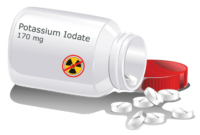
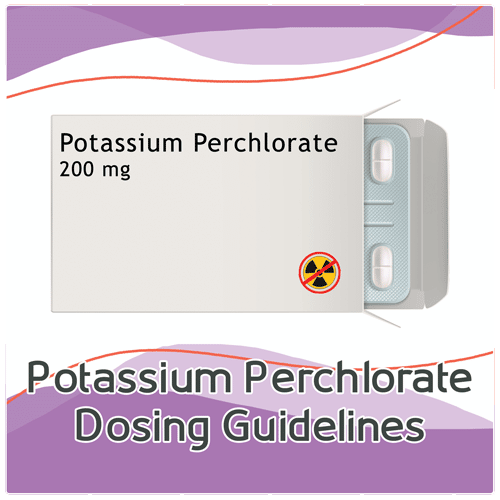
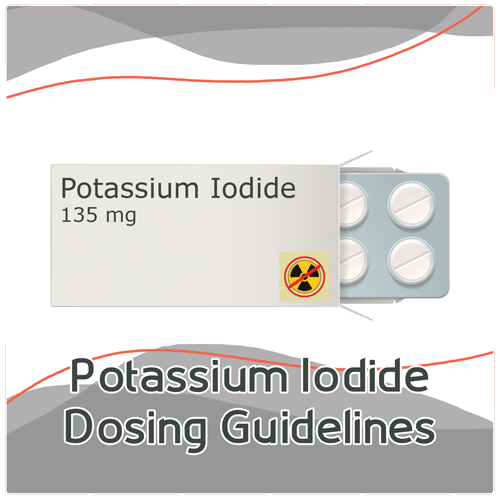


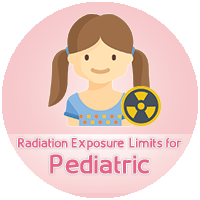
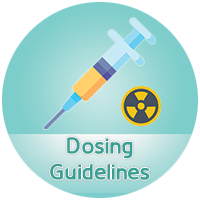
Leave a Reply